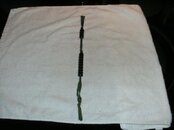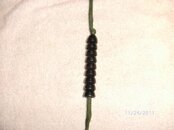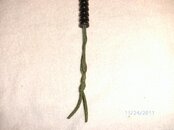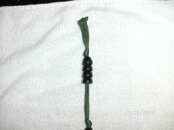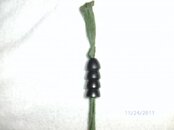The dive was a pretty simple one. In Ft Lauderdale, FL. only about 25 feet salt water. Viz was about 35 feet. Was not a normal anchor the boat was tied off on a permanent buoy. Like I said new diver certified in May only have 14 dives so far (counting it by tank). A pretty easy one was a good start as I knew we would be on our own. Daughter and Girlfriend with me and they tossed me a flag and wished us luck.  It could have been we where pretty close to the boat but with mostly looking down at the reef and animals we passed right past it.
It could have been we where pretty close to the boat but with mostly looking down at the reef and animals we passed right past it.
I will work on it and thanks for all the information.
I will work on it and thanks for all the information.



